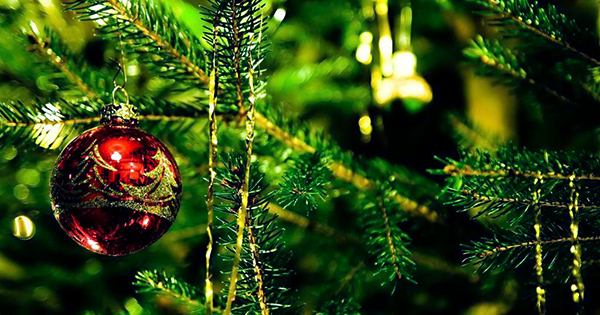Christmas would be very different if it were not for Baron Justus von Liebig. Despite his contribution to everything from your gravy’s stock cubes to your bathroom mirrors, it is doubtful you have heard of him. The German scientist was likewise fascinated by human nutrition. He began to believe that the liquids that ran out of cooked meat contained significant nutritional elements, and he advised chefs to sear the meat to lock in the juices.
This turned out to be total nonsense, yet his advice was still followed by Christmas dinner chefs all throughout the country 150 years later. Liebig was a giant of the scientific establishment for most of the nineteenth century, having his fingers in numerous pies. He determined the basic nutritional requirements of plants before developing the first fertilizer, for which he recognized as the “Father of Fertilization” in scientific circles. This discovery cleared the door for industrial agriculture, which included mounds of Brussels sprouts, by removing the reliance on animal excrement to feed crops.
In an attempt to produce a nutritious meal replacement, he developed beef extracts because of his fixation with meat liquids. The extract turned out to be a poor and unnutritious substitute for meat, but the Liebig Extract of Meat Company went on to become Oxo, whose stock cubes were found in so many Christmas gravies.
Leibig’s most conspicuous contribution to Christmas, on the other hand, maybe hang on your tree. The Roman saturnalian celebration of the winter solstices – a religious feast including drinking, singing, and the giving of gifts devoted to the Roman deity Saturn – has its roots in Christmas trees. Decorated trees were introduced into households later, most likely in the 16th century, and Queen Victoria popularized the German notion in the mid-nineteenth century.
Garlands of beads made by the Greiner family in Lauscha, Germany, were among the first known glass ornaments for trees, dating back to the 16th century. The family was still creating decorations 250 years later, and Hans Greiner became famed for his beautiful glass nuts and fruits with reflected inside surfaces.
Mirrors were extremely expensive at the time, and they were created by applying a thin tin layer on glass with mercury. The procedure was particularly dangerous since it produced highly deadly mercury vapour, which might leak out of the mirror for decades. Droplets of mercury collecting at the base of ancient mercury mirrors can be used to identify them, Liebig was discovering far safer techniques to silver glassware for use in his laboratory at around the same time that Hans Greiner manufacturing his baubles. Silver nitrate, ammonia, and simple sugars were used in his approach. It also resulted in a fantastically homogeneous, crystal-clear silver metal layer formed on the glass.
This was quickly adopted for use in other fields of science, such as telescope mirrors, and Greiner was quick to notice and incorporate it into his decorations. Eventually, the procedure resulted in mass-produced mirrors that were affordable enough to be widely used. Soon after Liebig created his silvering method, another German scientist, Bernhard Tollen, improved it and transformed it into an analytical approach for detecting certain chemical groups known as aldehydes. Tollen’s approach has the lovely side effect of rapidly silvering the vessel in which it is transported. It is a tremendous treat to hold a mirrored surface in your hands, which is why it is a popular chemical experiment all around the world.















